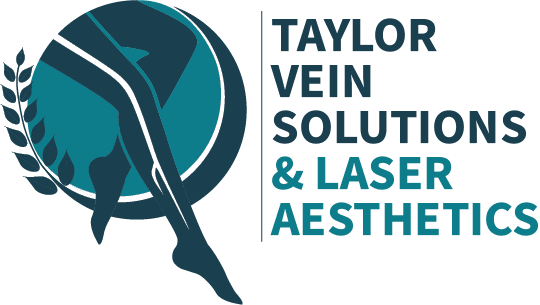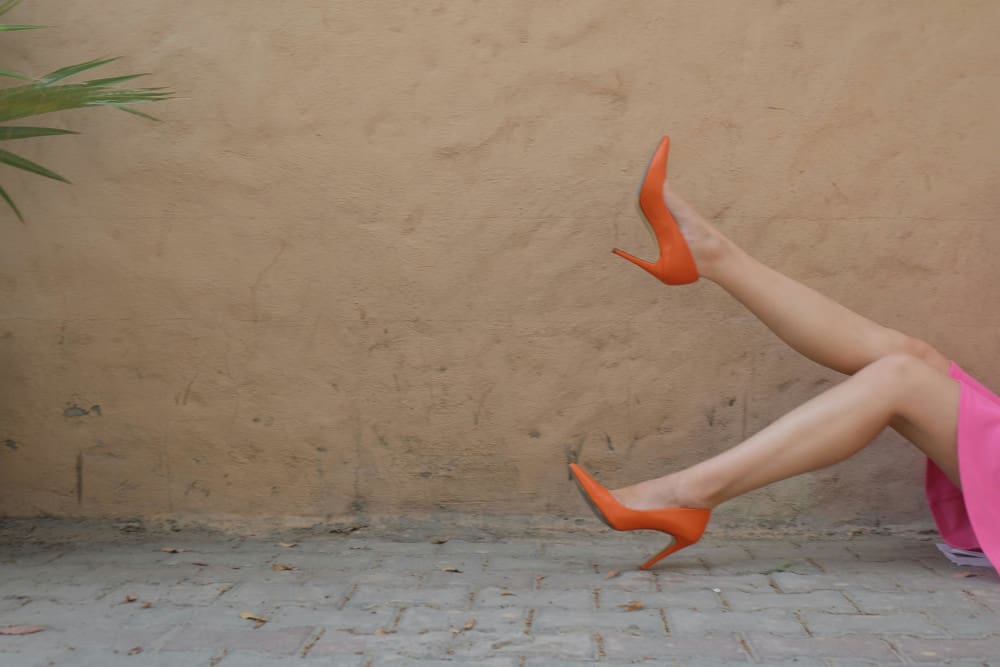Approximately 40% of pregnant women will get varicose veins. These bulging, bluish veins can be unpleasant to look at and may also result in some uncomfortable symptoms such as leg swelling or heaviness. The many pregnancy-related changes in the body places greater burden on veins, which are responsible for draining blood back toward the heart.
According to the American Pregnancy Association, pregnancy is associated with an increase in blood volume, a decrease in the rate at which blood moves from legs up to the pelvis, and surging hormones such as increased levels of progesterone which relaxes blood vessel walls.
Keep in mind that stretch marks are simply thin pink or purple lines on the surface of the skin. These are formed when the skin stretches and are not a sign of damaged veins!
What Can be Done?
Although varicose veins treatment is not recommended during pregnancy, the following list of actions can be done at home to help relieve some of the uncomfortable symptoms.It is important to talk with your doctor to discuss what works best for you. An official diagnosis is necessary to treat the condition effectively.
Move frequently. Avoid sitting or standing for prolonged durations because this can make swelling or aching worse. Stretch by flexing and pointing your toes several times each hour.
Wear compression socks. Compression stockings provide support to the leg and promote better blood flow.
Exercise often. Regular low-impact exercise like walking or squatting can encourage blood flow in the legs.
Wear good shoes. Sneakers and other supportive shoes are least likely to alter normal walking motions, whereas high heels may contribute to worsening of varicose vein symptoms.
When to See a Vein Specialist?
It’s common for less severe cases of varicose veins from pregnancy to clear up on their own within a few weeks after birth. However, some varicose veins may persist.
If you suffer from varicose veins that haven’t gone away over time, consider making an appointment with our surgeon today. Our treatment is minimally invasive and our patients typically return to work and normal activities the next day. After a local anesthetic, our surgeon inserts a catheter in the vein, and radio frequency ablation is used to heat the internal wall. The heat closes the vein and the blood will naturally reroute to other veins.
Patients report little to no scarring, bruising, or swelling after treatment. At Taylor Vein Solutions we will develop a personalized treatment plan for the pain in your legs!



